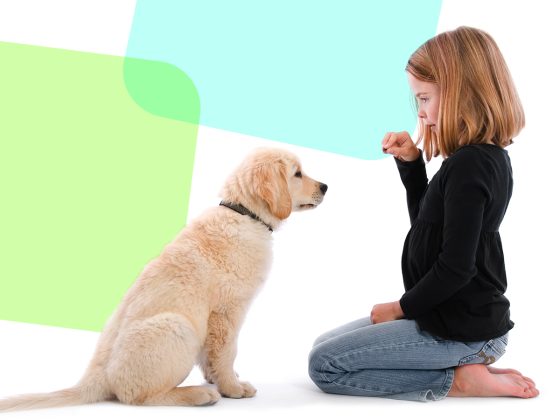
The Creature Connection
How the human-animal bond can help heal.
The child-animal bond is something pure to witness. Even very short, safe interactions with animals (and not just cats or dogs!) can provide calm, warmth, physical comfort, and a feeling of unconditional acceptance.
Lots of pets have had rough times in the past and, when surrounded by kind, responsible humans, they have learned to trust and thrive. This is a situation that children can understand and that can inspire them. Like children, animals don’t have the words to describe what happened to them. They’re great, nonjudgmental listeners, and they don’t ask questions, expect answers, label, or judge.
The qualities experienced in healthy relationships with animals are similar to those experienced with humans: sharing, understanding body language and boundaries, forgiving mistakes, and considering others’ needs and desires. And when children develop compassionate and empathetic attitudes toward animals, they often then develop those same attitudes toward humans and toward themselves. Animals can help us care about something beyond ourselves.
Children might learn to trust an animal before they can trust another person. A withdrawn child may begin to laugh and ask questions about an animal. Watching a neighbor’s dog do a silly trick or feeling a goat nibbling food from one’s palm can lower inhibitions and cause spontaneous giggles, curiosity, and engagement. Experiences such as these are one step in allowing a child to have healthier relationships with people.
Whether or not children have an animal in their lives, here are some ways to foster that contact:
If children have a pet at home:
• Children might whisper their feelings into its ear or confide their secrets. Animals won’t betray children’s trust, and they can witness their tears.
• With adult help, children can observe and interpret their pet’s body language, learn how it is feeling, and talk with you about why. (“When kitty’s ears are back, it might mean she’s scared. Do you think she’s afraid of the vacuum cleaner?”)
• You can help children block out special time with their pet, for a good cuddle or petting session. Nurturing touch brings comfort, and the sensory experience can be grounding. Children might also brush their pet, play pretend, or just sit quietly and listen to the animal’s breathing.
• Learning to read can build children’s self-confidence. They can practice by reading aloud to their pets, even reading the same book repeatedly.
If children don’t have an animal at home:
• Children can play pretend by “becoming” a strong lion, clever raccoon, rabbit hibernating comfortably, and so on.
• Stuffed animals can remind children of a safer or happier time and place. Children might confide in their stuffed animals or engage in imaginary play.
• Using a child’s favorite animal as inspiration, you can research, watch movies, and read fiction and nonfiction about that animal together. Discuss its habitat and characteristics. Compare how people are similar to and different from animals.
• Closely observing animals such as birds, squirrels, or ants is an exercise in slowing down, noticing the little things, and practicing mindfulness, helping to soothe unsettled feelings. You might ask, “What is the animal doing?” “Which of its senses is it using?” “What does it need?”
• Taking care of a plant or helping with gardening can also be very therapeutic.
Check out Brandeis and Hercules, the Sesame helpers! For information about having a therapy animal visit your site, go to http://petpartners.org.
SOURCES
Sable, Pat. “The Pet Connection: An Attachment Perspective.” Clinical Social Work Journal 41, no. 1 (2013): 93–99.
Signal, Tania, Nik Taylor, Kathy Prentice, Maria McDade, and Karena J Burke. “Going to the Dogs: A Quasi-Experimental Assessment of Animal Assisted Therapy for Children Who Have Experienced Abuse.” Applied Developmental Science 21, no. 2 (2017): 81–93.
Stewart, Leslie A, Laura Bruneau, and Anna Elliott. “The Role of Animal-Assisted Interventions in Addressing Trauma-Informed Care,” VISTAS Online (2016).
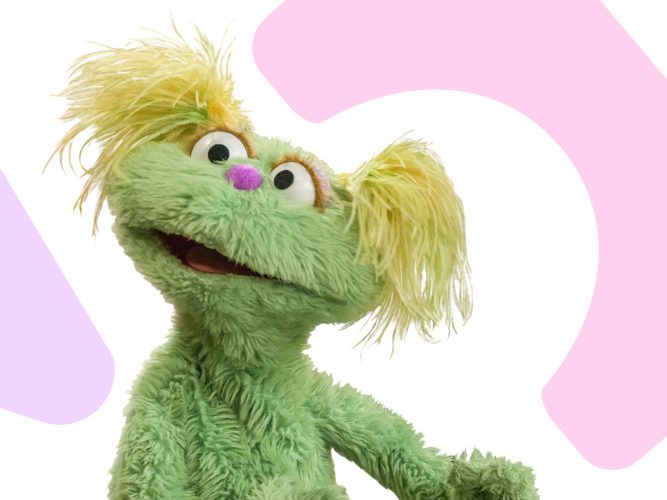
Talking About It
Suggested answers to children’s most difficult questions about foster care.
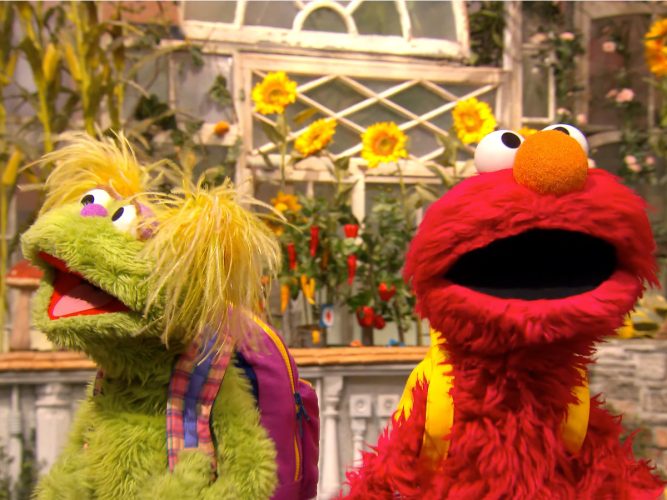
The World Sings to You
A song about listening.
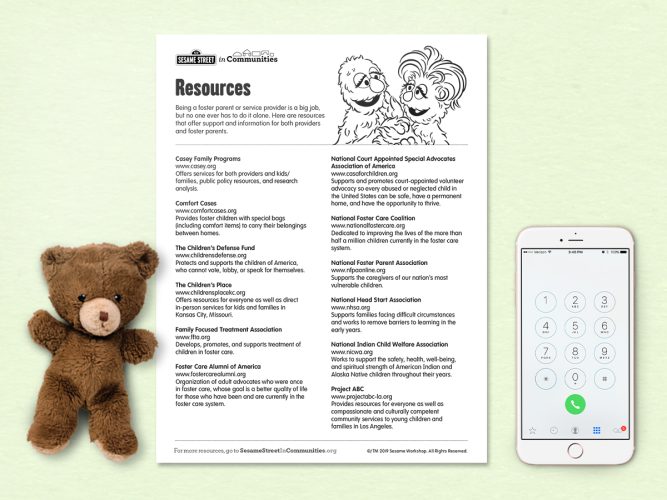
Foster Care Resources
Resource sheet for providers and parents working within the foster system.
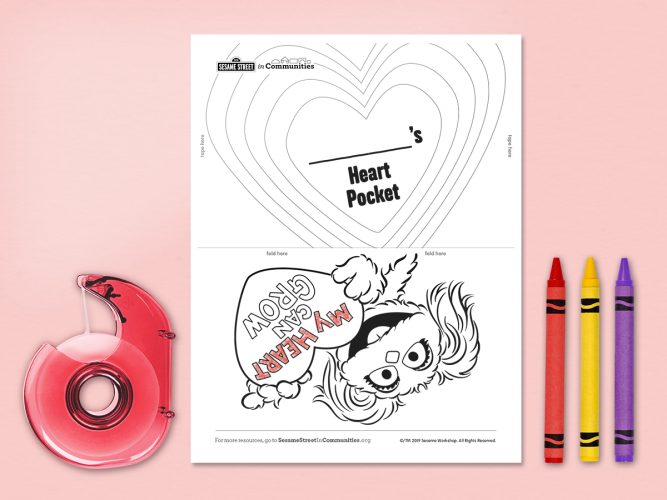
Heart Pocket
Here’s an activity to remind children that they do not lose their memories when they’re separated from those they love—they carry their memories in their hearts.
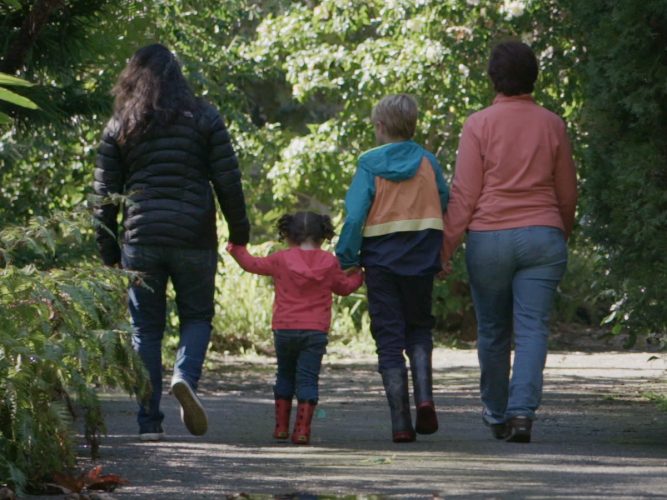
Challenges & Strategies
Reflect on a moment or a period from your childhood when you went through a challenging transition (if you’re with a group, you might share with others).
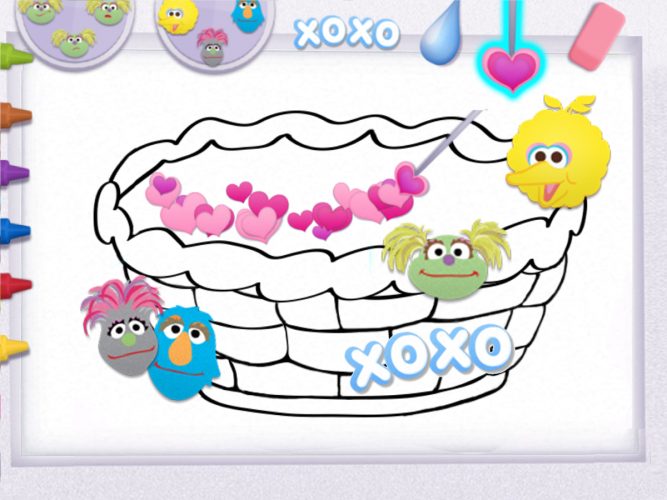
Digital Art Maker: Draw It Out! Foster Care
Digital, open-ended drawing activities to help children with expressing feelings.
